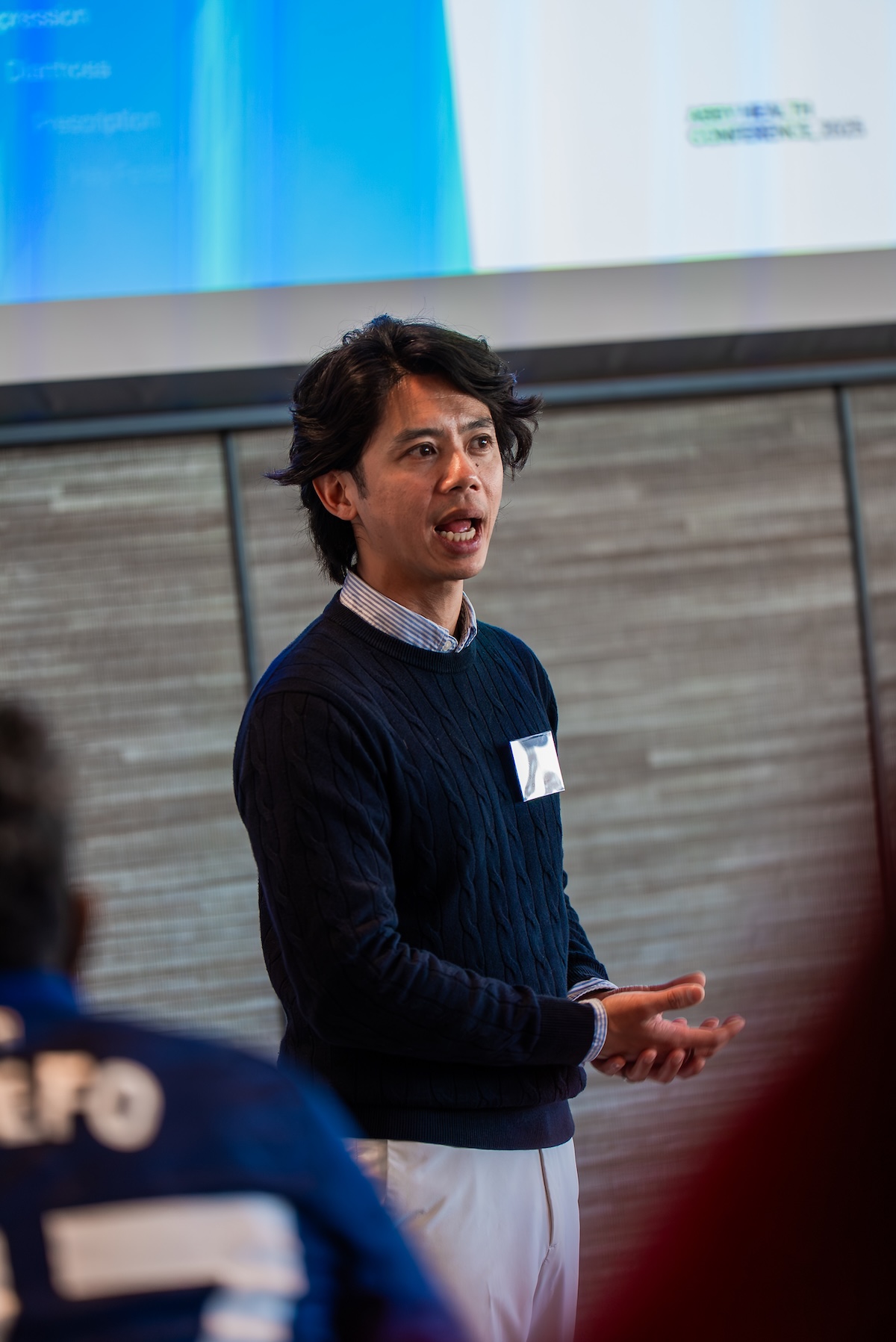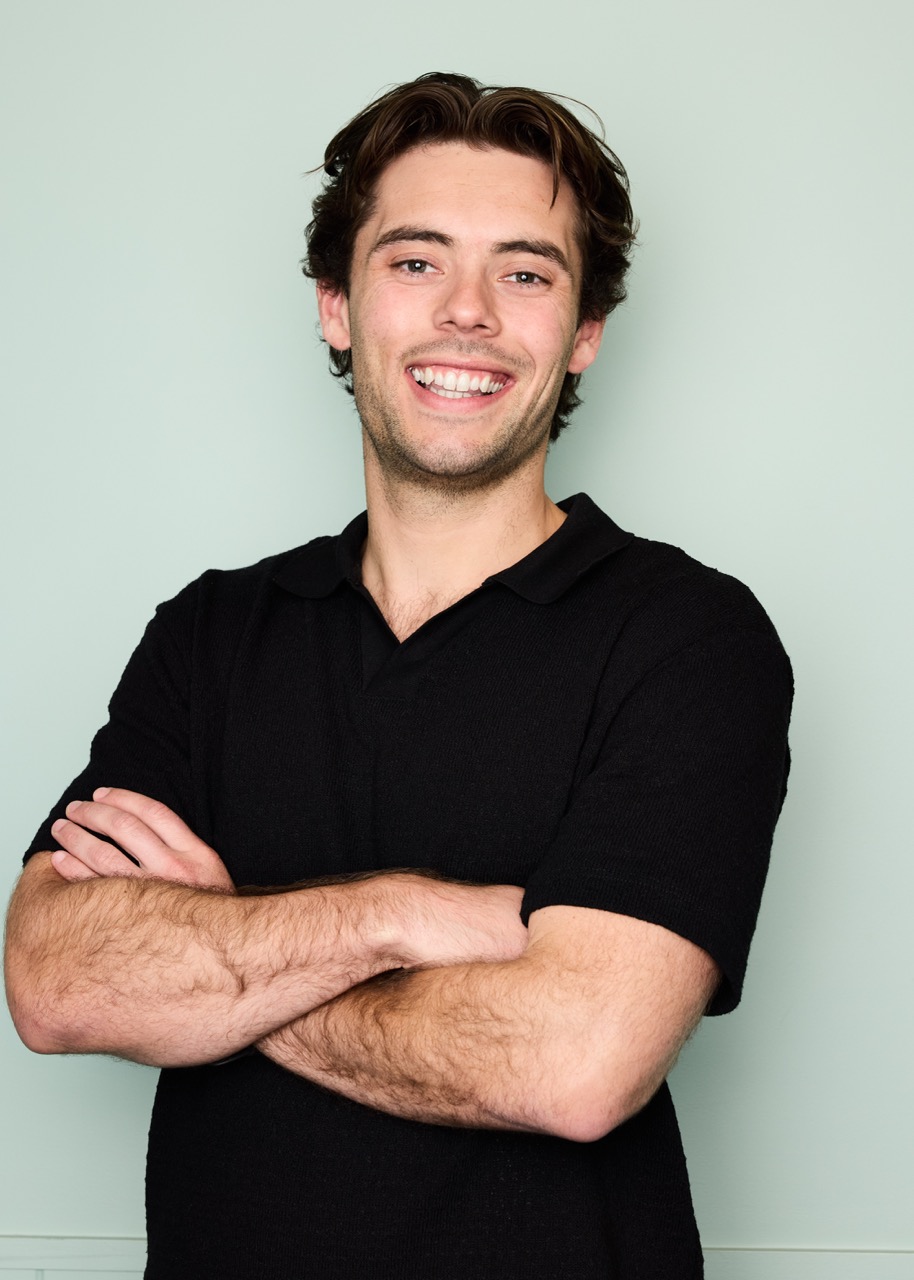From Fax Machines to Follow-ups: Behind the scenes at Abby Health

We're Taking on the Complexity of Healthcare So You Don’t Have To
Modern healthcare exists in two different worlds at once. On one side, you have the seamless online experience you expect. On the other, a world of fax machines, paper letters, and disconnected systems.
Bridging that gap is the daily mission of our Customer Support team.
We sat down with Louise Young, our Head of Customer Support, to discuss the immense challenge of delivering a simple online experience on top of a complex, often outdated, healthcare system.
Q1: Louise, what’s the main goal for the Customer Support team at Abby Health?
Our main goal is to shield our patients and practitioners from the complexity of the healthcare system. We’ve all had that moment in a traditional clinic where you feel like just another number in the waiting room — and we’re here to make sure that doesn’t happen.
We act as the human bridge between the simple, app-based experience patients see and the much messier reality of a system that still runs on faxes and manual processes. Things like renewing a script or ordering a blood test should feel effortless — and if they do, it means we’re doing our job well.
But great support isn’t just about making things work behind the scenes — it’s about being there when something doesn’t go to plan. Whether it’s a delay, a breakdown in process, or just something that doesn’t quite make sense, we want patients to feel like someone is genuinely in their corner — calm, capable, and ready to step in with care and compassion.
That’s why we’re so focused on getting the details right — because thoughtful, consistent support helps build trust. And trust is what makes truly continuous care possible.
Empowering Patients with the Right Tools
Q2: Your team was part of a massive upgrade to the clinic's whole system. How does a project like that help in the fight against fragmentation?
It was a huge step forward, and from a customer service perspective, our goal was to empower patients by giving them more control. We worked closely with our development team to build self-service tools that solve the most common frustrations you'd face at a traditional clinic.
For example, instead of calling a reception desk and waiting on hold to get a copy of a form, we've made it possible for you to instantly access things like pathology requests and medical certificates right in the app. You can also manage your own medication list so your doctor is always up-to-date. We're trying to give you the same level of convenience you'd expect from your banking or food delivery app.
Achieving this meant a complete overhaul of our technical backend. Creating that modern, self-service experience is incredibly difficult when you’re building on top of software that's existed for 40 years. Our previous system didn't even have an API, which made it almost impossible for us to build these kinds of patient-focused tools.
Looking forward, this new foundation is really exciting for us. It means we can keep building more powerful features that give patients more control over their healthcare journey, like saving a preferred clinician to build that long-term relationship, which is a huge step towards our goal of continuous care.



Real Impact, Measurable Wins
Q3: That sounds intense! What were some of the best results you saw that proved the upgrade was working?
The results really showed we were on the right track. We saw a nearly 60% drop in people needing to follow up about referrals and test requests. That means no more waiting for a call back or finding out a referral was never sent. That’s a huge win against fragmentation.
Internally, we cut down our manual data entry work by 81%! That was massive. It freed up our amazing admin team, led by one of our team members, Kenneth, to focus on what really matters: helping patients with complex needs, not just typing. It allows us to be more human.
“We’re the team in the middle—making the old system work like a modern one, so patients don’t have to think about it at all.”
— Louise Young, Head of Customer Support
When Things Break, We Fix Them Fast
Q4: Big changes can come with a few hiccups. We saw more people contacting you about Medical Certificates for a bit. How does your team handle those unexpected bumps in the road?
That's a great question! Our team is great at spotting patterns, and they noticed the trend with Medical Certificates right away. We did a little digging and figured out the problem was mostly just user error from a new workflow in the system that no one was used to yet.
In a traditional clinic, a problem like that might go unnoticed for weeks. But we see those moments as a test of our commitment to our patients. So, we jumped on it. We made some new, easy-to-follow guides for our practitioners and let them know exactly what to do. That’s pretty much how we do things—we don’t just answer a question, we get to the bottom of the problem to ensure the system is as safe and reliable as we promise it will be.
“Queue Party”: Showing Up for the Mission
Q5: I heard the team really pulled together to manage the workload after the upgrade, even having a ‘Queue Party’. What’s that story?
(Laughs) It’s true! After a big system change, it's pretty normal to have a bit of a backlog of work; staying on top of 1,500 medical appointments a day is challenging! We all decided we wanted to get on top of it right away because we all believe in the mission. So, we all came in on a Saturday for a "Queue Party" to work through all the outstanding queries together. We used to do working-bees all the time where I grew up, it was a great way to achieve a lot of work in one go!
We ended up clearing over 650 cases for patients - it was our most productive day ever! It just shows that everyone here is driven by that shared purpose. It's also a place to grow; another of our team members, Wencie, who was a star that day, just got promoted to our Practitioner Support team!
Tired of the healthcare hassle?

Solving the Timeless Issue of Appointment Delays
Q6: The data shows 'Appointment Delays' is still the top reason people get in touch. How are you tackling that?
Yep, that's one of those challenges that never really goes away for any clinic. We’ve all been there, sitting in a waiting room with no idea if the doctor is running 10 minutes or an hour late. A doctor might be running late because they're giving extra time and care to another patient, which is exactly the kind of thoughtful medicine we want to encourage. It’s the opposite of a rushed, impersonal appointment.
But we know waiting around with no information is super frustrating. That’s why we're looking at new tech to set up an automated system that gives patients a heads-up if their doctor is running behind. The benefit of Telehealth is that patients can get on with their lives while our clinicians make their way to them. It’s about respecting the patient's time while still allowing our doctors to provide proper, unhurried care.
When the System Drops the Ball, We Pick It Up
Q7: What’s the biggest headache your team is dealing with that perfectly illustrates this challenge?
This is the perfect example of the challenge we’re talking about. The single biggest headache is managing test results, because it’s where the digital world collides head-on with the analogue one. We work with thousands of different labs and clinics, and you’d be surprised how many still use fax machines! It’s an old-school, manual process that is the definition of fragmented care.
Our team often has to do some serious detective work to ensure that continuity of care isn't broken. If a clinic doesn't send us a result, we have to get on the phone and chase it down. To give you an example, we recently had to track down results for a patient from Sydney who had tests done in Rockhampton. It took a lot of digging, but we got there because that’s our promise. It just goes to show that at the end of the day, healthcare is still very human, and we’re here to bridge those gaps.
The Team Behind the Screens
Q8: Last question! What’s the one thing you want everyone to know about your team?
I want them to know that we're here to handle the messy parts of healthcare for them. Our commitment—driven by our mission to bring back continuous care—is to take on the complexity of faxes and follow-ups so they can have a simple, safe, and connected experience. We're the team in the middle, making it all work.
Editorial Standards
Notice something that doesn’t look right? Let us know at support@abbyhealth.app

















